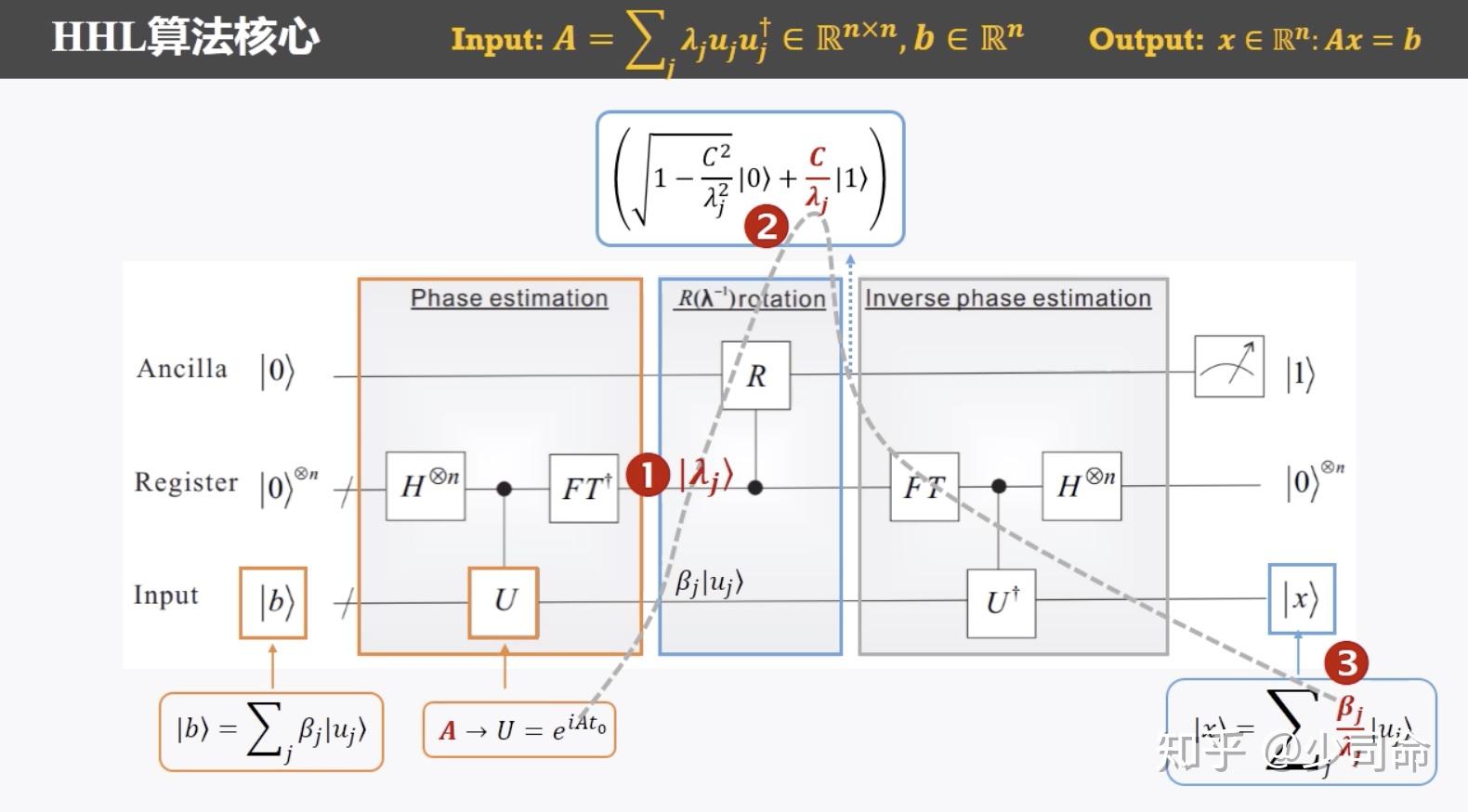|
In recent years, the landscape of package delivery has undergone a significant transformation thanks to the advent of drone technology. Drone delivery, once considered a futuristic concept, is now a reality that is reshaping the way goods are transported and delivered. This article explores the impact of drone delivery on various industries and discusses the benefits and challenges associated with this revolutionary mode of transportation. One of the primary advantages of drone delivery is its speed and efficiency. Drones can navigate through congested urban areas and deliver packages directly to customers' doorsteps, bypassing traffic and eliminating the need for human couriers. This not only saves time but also reduces delivery costs for businesses, making it an attractive option for e-commerce giants and small businesses alike. Moreover, drone delivery has the potential to reach remote or inaccessible areas where traditional delivery methods may be impractical. For example, in rural regions or during natural disasters, drones can swiftly deliver essential supplies like medicine, food, and emergency aid. This capability can significantly improve response times in critical situations and potentially save lives. Furthermore, the environmental benefits of drone delivery cannot be overlooked. With drones replacing conventional delivery vehicles, carbon emissions and pollution can be substantially reduced. This aligns with the growing global movement towards sustainability and environmentally friendly practices. By embracing drone technology, companies can contribute to a greener future while meeting customer demands for faster and more convenient deliveries. Although drone delivery offers numerous advantages, there are certain challenges that need to be addressed. Safety and security are paramount concerns when it comes to deploying fleets of autonomous flying machines. Regulations and guidelines must be established to ensure the safe operation of drones, especially in crowded airspace. Additionally, privacy issues related to surveillance capabilities of drones need to be carefully managed to protect individuals' rights. Another obstacle to widespread adoption of drone delivery is the limited payload capacity of drones. While they excel at delivering small packages, larger items or bulk orders may still require traditional delivery methods. Technological advancements in drone design, such as increased battery life and improved payload capacity, are necessary to overcome these limitations. In conclusion, drone delivery represents a revolutionary leap forward in the field of package transportation. It offers unprecedented speed, accessibility, and environmental benefits. However, there are challenges that must be addressed, including safety, security, privacy, and payload capacity. As technology continues to advance, it is likely that we will witness further advancements in drone delivery, ultimately transforming the way goods are delivered and revolutionizing various industries across the globe.  |
